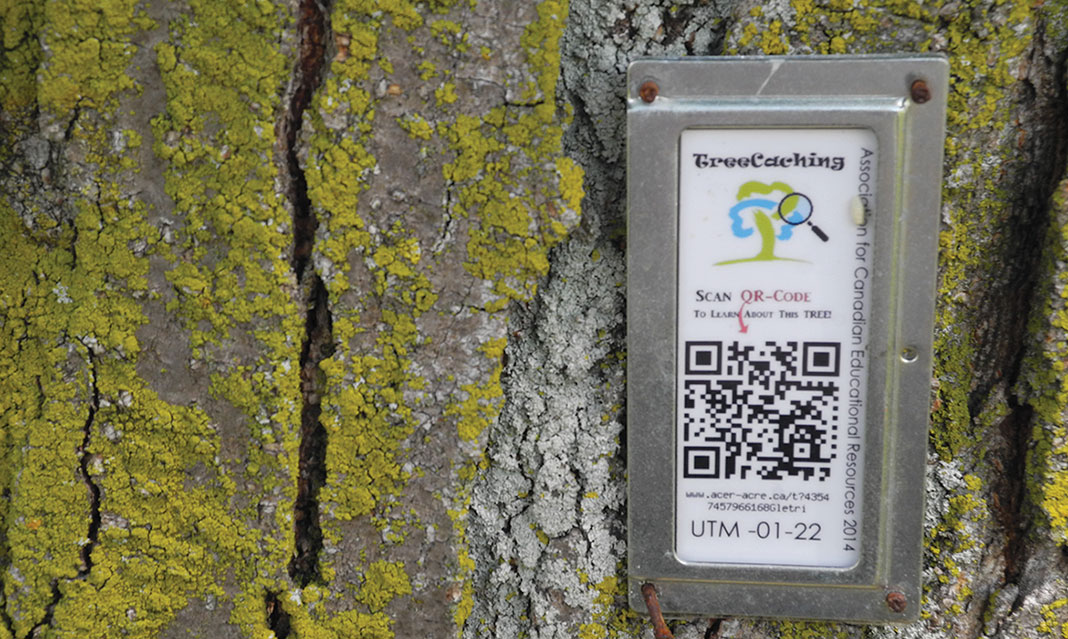UTM’s nature trail will soon be dotted with nuggets of enlightenment for curious hikers and eager students alike to uncover.
Maika Seki, a third-year biology student, has spent the summer carefully locating noteworthy areas of tree growth to be catalogued online, along with the help of Francisco Santos, a volunteer in the Chatfield lab. Under the supervision of professors Steven Chatfield and Fiona Rawle, Seki also located areas of noteworthy tree growth for each of these sites to aid with the cataloguing.
Seki was the first student to participate in this project, with the burden of the early setup stages placed on her shoulders. “I had to reach out to experts in the field, such as the Association for Canadian Educational Resources, to see how the trail could be established efficiently and effectively,” she said.
ACER (also known as Climate’s Sake) is a non-profit organization that focuses on science outreach and works to encourage the development of, as Seki called it, “citizen scientists”. They have also previously established a similar project on campus: the tree-caching trail. During 2014, Nimesha Basnayaka, a recent UTM graduate from the environmental science and geography program, tagged over 24 trees along the trail as a part of her biology internship with ACER.
Each tree specimen or noteworthy area, chosen by Seki, will have a QR code. All sites are in the vicinity of the trail. “You can install applications on your phone that can scan QR codes, which—similar to barcodes—can store information,” she says. “The QR code has many uses, and for the purposes of this project, we saw it as a tool to link it to a URL of a website.” The information can also be accessed directly through the website.
Seki is currently awaiting approval from the UTM Grounds Committee to implement this collection of codes. Due to the pending approvals, she has resorted to the temporary use of geographic information system devices and programs such as Google Earth Pro to record the sites and display the written features that she has prepared. This process was completed with the help of Tanya Kenesky, a GIS specialist at the UTM library.
Once scanned in, the QR code will lead directly to a website. The written features of the website were designed with two parts to target two distinct audiences.

“One is catered to those outside the disciplines of biology and science, to encourage them to become a little more literate, or at least curious, about important ecological topics such as invasive species and toxic plant identification,” Seki explained. “We chose these topics because they are important, but not enough of the general public are comfortable or knowledgeable about them.”
The second part of the website was designed as a teaching tool for plant science courses at UTM. Seki mentioned that topics from BIO203, an introductory course on plant morphology and physiology, were incorporated into the project. This includes information on plant reproduction and pollination, seed dispersal, and plant chemical defenses.
Apart from trees, she has also highlighted animal hotspots to be marked along the trail with the help of fellow biology ROP students working on other projects. Farah Qaiser, under the supervision of Professor Sanja Hinic-Frlog, helped locate noteworthy areas of bird populations, while Bansari Patel and Johnathan Branco, under the supervision of professors Christoph Richter and Monika Havelka, recommended certain areas of deer populations to be marked.
The next time you’re off for a hike on the trail, keep an eye out for the little black and white squares. And make sure to feel the tree bark while you’re at it.



